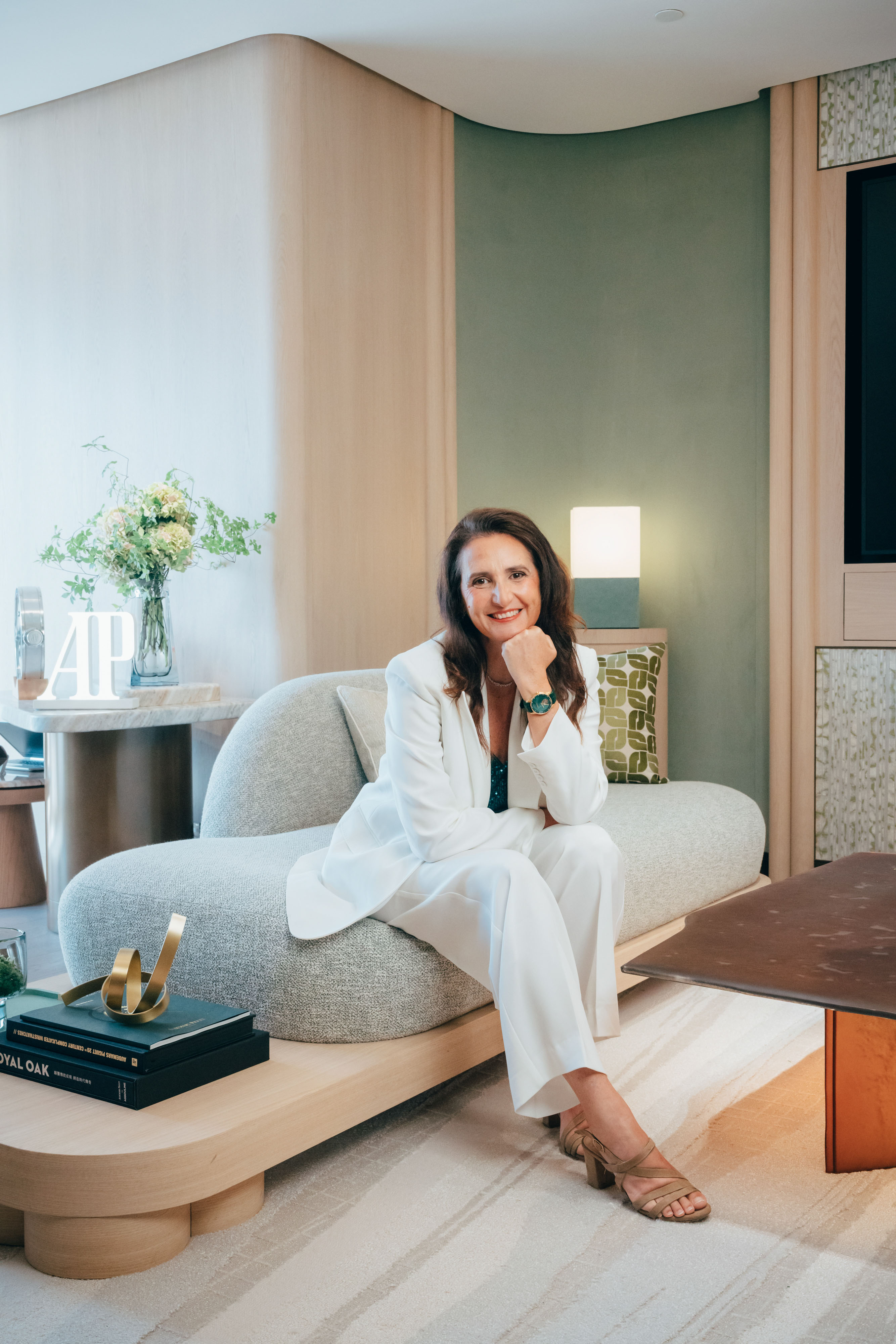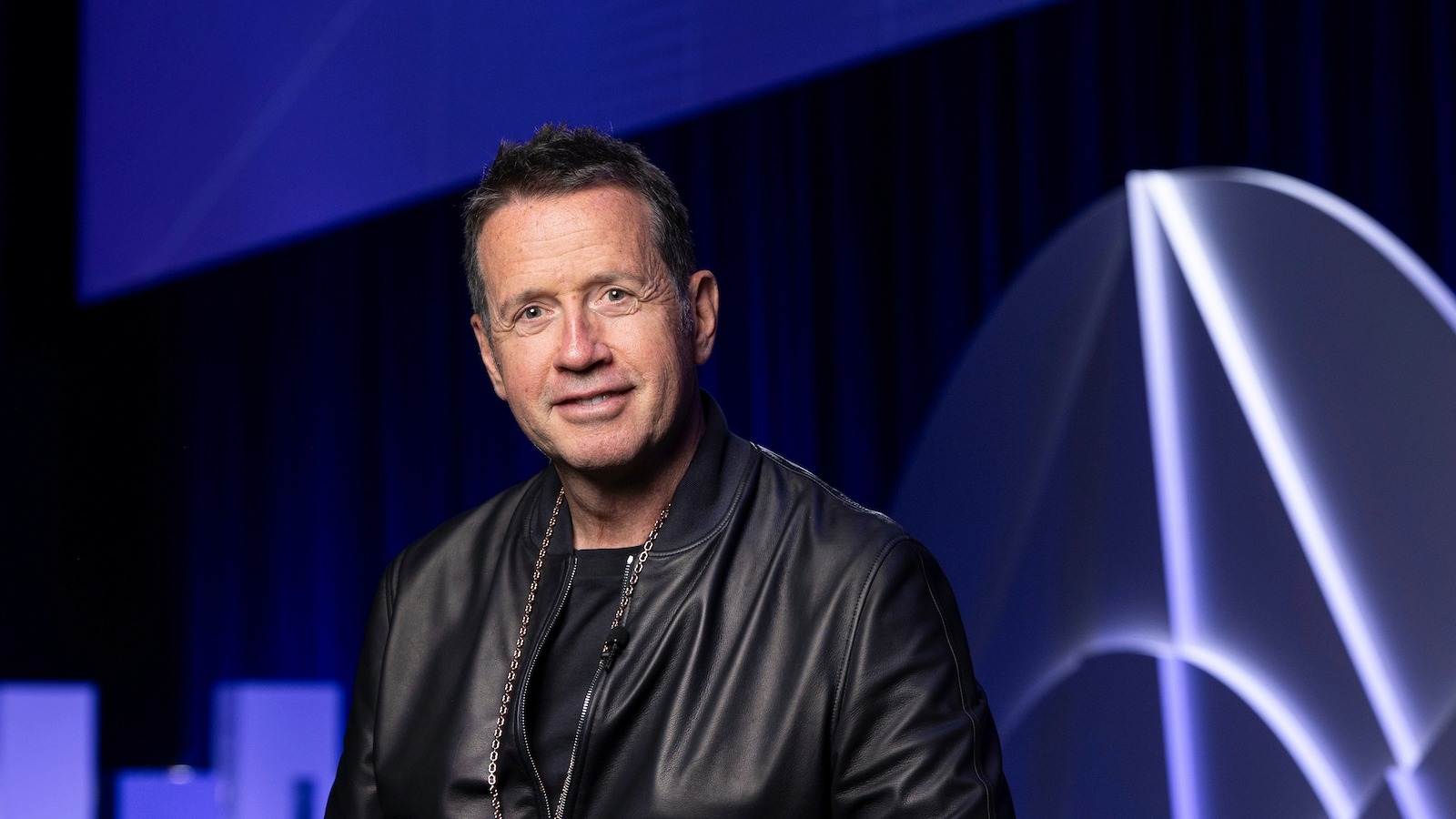Ahead of this year’s Luxury Society Keynote, guest speaker Morin Oluwole, Global Head of Luxury at Facebook and Instagram, discusses how social media platform marketplaces are making a name for themselves in the world of high-end spenders.

Ahead of this year’s Luxury Society Keynote, guest speaker Morin Oluwole, Global Head of Luxury at Facebook and Instagram, discusses how social media platform marketplaces are making a name for themselves in the world of high-end spenders.
This year's Luxury Society Keynote in Geneva will gather industry experts and leaders alike to address customer experiences in the era of new luxury. This year's theme will highlight the key strategies being implemented by some of the world's largest and most successful luxury brands.
Among the impressive panel of speakers is Morin Oluwole, Global Head of Luxury at Facebook and Instagram. Formerly Chief of Staff to the VP of Global Marketing Solutions at Facebook, Oluwole helped develop business strategies for global brand partners. During her 13 years with Facebook, Oluwole's led Product Marketing (Facebook Pages) and Public Content Partnerships in fashion and luxury before heading the company's global luxury department, based out of France.
In anticipation of this year's event, Luxury Society sat down with Oluwole to get an inside look on how Facebook and Instagram have managed to become the next big name in luxury marketing and influence.
In decades past, luxury has been associated with top-notch service and the physical experience of shopping. While only 1 in 3 luxury products are purchased online globally, the highest spenders are actually more likely to shop online compared to other consumers. Why do you think this is?
I think there are different factors. Firstly, according to a study we’ve conducted in partnership with IPSOS MORI in September 2019, we’ve observed that luxury consumers are 1.17 times more likely to use social media than other consumers. We’ve also seen that among the highest luxury spenders (those spending more than $50k/year on luxury goods), 38 percent of them prefer to buy their luxury goods online. Thanks to Facebook and Instagram, brands have been able to respond to consumer aspirations, rebuild their cultural universe, and create new desires. They have reached new heights in creativity by sharing content across digital that grabs the attention of consumers (especially luxury consumers who are more connected having an average of four devices) with emotional storytelling experiences that create a desire to purchase.
When it comes to the customer experience of decision-making, what are the key factors that play a role in online purchases?
Even if the majority of luxury sales still take place in store, the moment of inspiration now happens online and specifically on social media. The beauty of platforms like Facebook and Instagram is that brands can take the consumer across the purchase journey thanks to our innovative tools – from discovery to consideration to conversion, and back again thanks to messaging tools that support client servicing.
This is why luxury brands are increasingly developing more advanced strategies to engage with their communities and amplify their content on social media platforms like Facebook & Instagram.
When comparing Facebook and Instagram in the luxury sphere, do wealthy consumers use each platform differently— if so, how?
Instagram and Facebook play different roles for luxury consumers. When it comes to Facebook, luxury consumers prefer a more informative experience – information about upcoming events (52 percent), product launches (39 percent) and information that keeps them in the know (43 percent). Sixty percent of luxury buyers say they use Facebook to consult reviews and have recommendations from their peers. Their expectations on their Instagram experience is focused on storytelling and image. Forty-five percent of luxury consumers prefer to see imagery on new trends or brand storytelling and 39 percent prefer to see content from influencers and celebrities. It is important for brands to develop a content and communication strategy that is aligned with the strengths of each platform.
Your division at Facebook and Instagram started off as just two people and has expanded to several of luxury world’s most important cities. What luxury brands were the first to catch on to the importance of a social-first era and have these brands benefitted from their early transition?
Facebook’s luxury hub was formalized in January 2015 and we are now more than 10 people working in Paris on a daily basis. We also have a global network of teams across key luxury markets such as Hong Kong, Italy, and the U.S. to support local market needs. The biggest shift we have seen since the inception of the luxury hub is a willingness for luxury brands to experiment with innovative and creative tools. Luxury brands are forward-leaning when it comes to testing new technologies like Augmented Reality for example.
On the occasion of its Spring Summer 19 show, Gucci launched its first Gucci Beauty branded IG filter, available exclusively on @Guccibeauty and inspired by the founding concept of the account. The filter, supported by a selection friends of the house, was used more than 3.5 million times in two weeks. Innovation and creativity, thanks to technology, is an exciting space to watch.
Aside from luxury shopping, what kind of content are luxury buyers most receptive to on social media platforms like Facebook and Instagram?
Consumers want to see content that is innovative, creates desire and is interactive. For 50 percent of luxury consumers, their first interaction with luxury brands or products brands are via digital touchpoints. As such, it is key for luxury brands to tailor their content and build an optimized storytelling experience across digital mediums using multiple assets. The beauty of Facebook and Instagram is that our algorithms provide an adapted experience based on consumer behavior. For example, if one has a tendency to watch longer videos in the morning on their commute to work and short videos at lunchtime, our algorithms will surface the ideal content to that person at the right moment. Instagram Stories, for example, offers new interactive features like Polling and rich experiences like Instant Experiences, allowing luxury brands to engage their consumers and express their brand heritage.
How can brands build meaningful relationships with millennials and the next generation through Facebook and Instagram? What further evolution can we expect to see from these platforms in years to come?
To build meaningful relationships with new generations of customers, brands need to focus on brand desire and shopping in a digital-first world. Innovative functionalities like augmented reality allow luxury brands to share their brand values in an exciting manner. The shopping experience will also evolve, knowing that social media and influencers are the #1 influencers of luxury shopping decisions. Eighty-nine percent of GenZ and Millennial luxury consumers use Facebook products daily, with 51 percent of GenZ consumers preferring to purchase luxury products online. Brands should assure the lowest friction possible in their online shopping experiences, in a world where it takes an average of 22 clicks to buy online. They can consider new shopping experiences like Instagram CheckOut, which is an experience in alpha testing which allows consumers to buy an item on Instagram in a few clicks without leaving the platform.
Find out more about how brands can better enhance the customer experience in the era of new luxury at the Luxury Society Keynote 2020 in Geneva, in partnership with Facebook and CNN Money Switzerland. Please email us for more information and ticketing enquiries.










